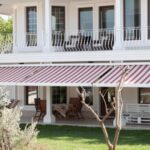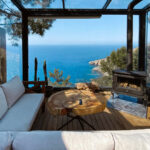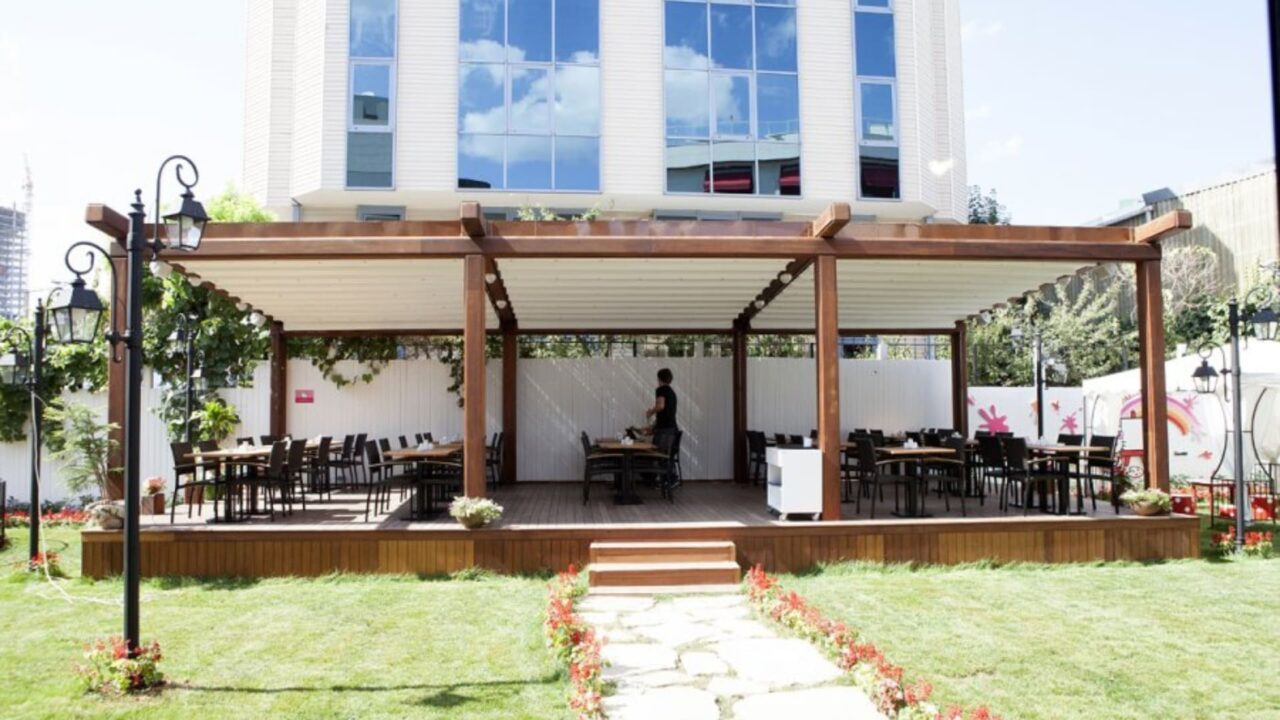
What Are the Types of Awnings?
May 31, 2025
Winter Garden
May 31, 2025Pergola systems are now designed to withstand all weather conditions, creating usable spaces for every season.
What Is a Pergola?
The word pergola comes from the Latin word *pergule*, meaning “eave,” and from the Italian word meaning “shade structure.” A pergola is a fixed structure formed by climbing plants growing over columns and posts to provide shade, often used as a walkway or passage. Traditional pergolas are open at the top, with plants like vines hanging down as a natural covering. With advancements in technology, various modern pergola systems have been developed. These systems aim to provide protection from the sun in summer and from rain or snow in winter. By covering the top with fabric or panels, pergolas become all-weather structures. When the sides are enclosed with glass, the space can be transformed into a winter garden, allowing for a nature-inspired experience even during colder months.
How Is a Pergola Built?
A pergola should be constructed by professional installers, as it requires expertise. Proper installation according to the local climate is crucial. Pergolas can be built using wood or iron materials. If wood is used, the quality of the wood and the type of protective coating or paint must be carefully selected to ensure durability. The design must be tailored to the space where the pergola will be installed. Common wood types used include cedar, sequoia, and Russian pine, all chosen for their durability. Wooden pergolas are especially popular for their natural look.
Pergolas can be manufactured in any desired color. For a wooden pergola to be installed in a garden, measurements should first be taken, and then support columns should be properly anchored into the ground. Cross beams are installed on top of the columns, followed by horizontal and parallel beams to form the roof. Finally, climbing plants like grapevines are wrapped around the structure to complete the pergola.
Where Are Pergolas Used?
Pergolas are often chosen for balconies and gardens as they allow for year-round outdoor living. In balconies, they add privacy and aesthetic appeal, turning the area into a more personal and cozy space. In gardens, pergolas are preferred for sun protection in summer and for allowing enjoyable outdoor time even in rainy weather. Pergolas are also commonly used around pools. Additionally, municipalities aiming to bring natural elements into urban life sometimes install pergolas along sidewalks or walking paths. In summary, pergolas can be used in all types of outdoor spaces.








